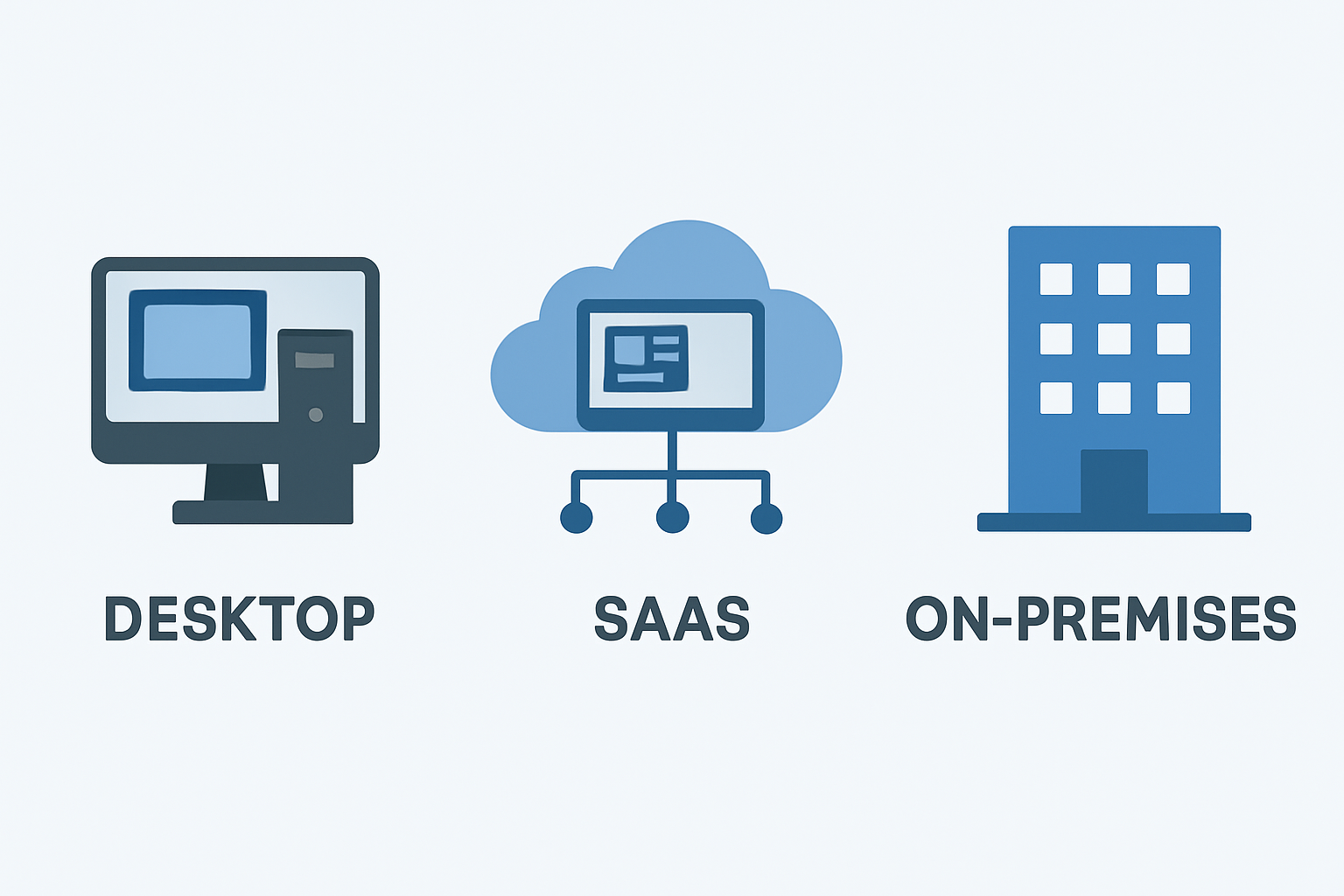Imagine AI agents that don’t just act—they continuously listen to your processes, anticipate friction, and fix issues before anyone notices.
The shift from dashboards to decisions
“Digital operations” used to mean BI dashboards and monthly reports. Helpful, but mostly hindsight. In 2025, leaders are building a process intelligence layer that discovers how work actually flows, monitors it in real time, and drives action. Market coverage this year underscores that process mining has become a core capability, not a sidecar tool, with analysts and practitioner press highlighting AI-ready process intelligence as a top trend. Process Excellence Network
Process intelligence pulls from event logs (ERP, CRM, ITSM, IoT) to reconstruct end-to-end journeys, from order-to-cash to patient flow. Instead of “sales dipped 8% last month,” you see that 29% of orders bounced between “credit check” and “pricing exception”—and you get guided fixes. Practitioner write-ups emphasize that modern platforms are moving past bottleneck charts toward strategic guidance and automation orchestration.
Why process monitoring > BI alone
BI answers what happened; process intelligence explains why, and increasingly, what to do next. Vendor and analyst explainers consistently draw this distinction: BI aggregates metrics, while process mining maps the actual paths, variants, and delays, surfacing automation opportunities and compliance risks that dashboards can’t see.
A newer wave—predictive process monitoring—goes further by forecasting remaining time, next likely events, and outcomes so teams can intervene early. Recent overviews and use-case roundups show growing adoption of predictive alerts and recommendations embedded directly in operations.
How process mining gives AI agents the context they need
Agentic AI is only as smart as the operational context it can access. Coverage from PEX Network framed these as enabling agents to orchestrate end-to-end processes with the right data at the right time.
Academic work mirrors industry movement: surveys and SLRs highlight predictive monitoring as a foundation for proactive, explainable, and action-oriented decisioning—critical for trustworthy AI agents.
From reactive to predictive to prescriptive
Modern process platforms don’t stop at detection. They prescribe fixes and trigger automations (RPA, workflow changes, policy enforcement) when deviations occur. Roundups of 2025 capabilities and practitioner guides show an emphasis on prediction + prescription embedded into day-to-day operations, not just analytics teams. AIMultiple
Why on-premise is rising again (and who needs it)
Cloud remains popular, but data-sensitive industries (banking, healthcare, public sector, heavily regulated manufacturing) increasingly deploy on-premise or hybrid process intelligence to keep raw logs inside their walls while still enabling AI. Market analyses cite compliance and risk management as key drivers, and note a healthy overall growth trajectory for the category into the 2030s. Grand View ResearchGlobal Market Insights Inc.Fortune Business Insights
On the research front, federated and privacy-preserving approaches allow organizations to glean insights across distributed systems without centralizing sensitive data—aligning with on-prem or edge setups. This is especially relevant for sensor-heavy environments (e.g., logistics, healthcare, industrial IoT).
What good looks like: a blueprint you can copy
- Instrument the sources
Map the event logs you have (ERP, CRM, ITSM, MES, EHR). Clean, consistent identifiers unlock reliable process views. - Enable continuous monitoring
Shift from quarterly “discovery projects” to day-to-day monitoring with alerting and SLAs tied to process health. - Stand up a process context layer
Expose a secure API (REST/GraphQL) that AI agents and copilots can query for real-time process state, KPIs, and conformance. - Choose the right deployment model
For sensitive records, consider on-prem or hybrid nodes to keep raw data local while pushing only insights upward. Federated analytics patterns can help balance collaboration and privacy. - Close the loop with action
Wire predictions to automations (routing, approvals, fulfillment, remediation). Platforms are explicitly productizing this “sense-decide-act” loop for AI agents.
The payoff in 2025
Analysts and researchers forecast strong growth for process mining and intelligence over the next several years as organizations operationalize AI with trustworthy context. Market reports point to double-digit to 40%+ CAGR scenarios, especially as deployments broaden beyond discovery into monitoring and prescriptive control. Global Market Insights Inc.Fortune Business Insights
Bottom line: BI tells you what happened. Process intelligence shows why—and increasingly what to do now—while giving AI agents the up-to-the-minute context they need to act responsibly.

